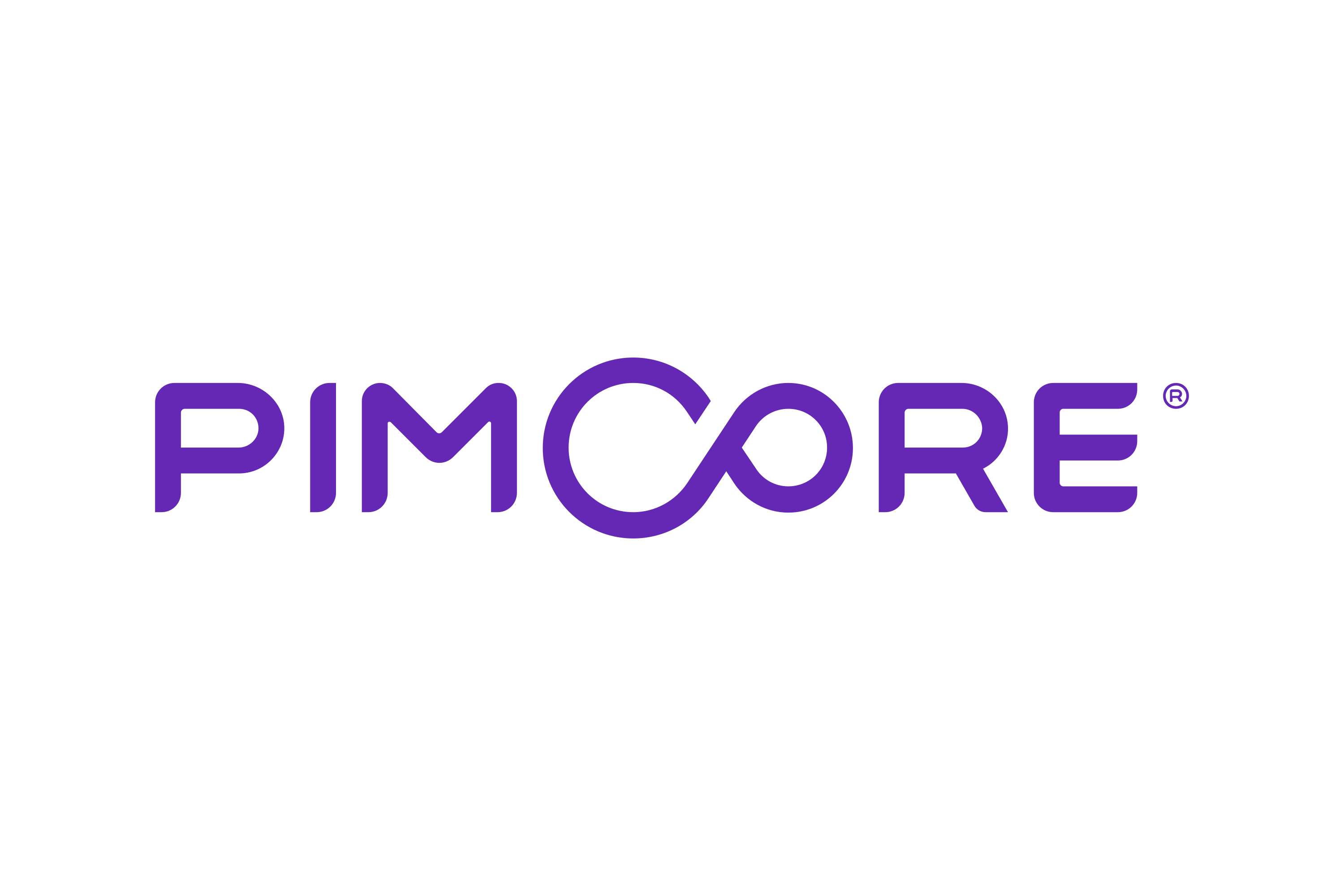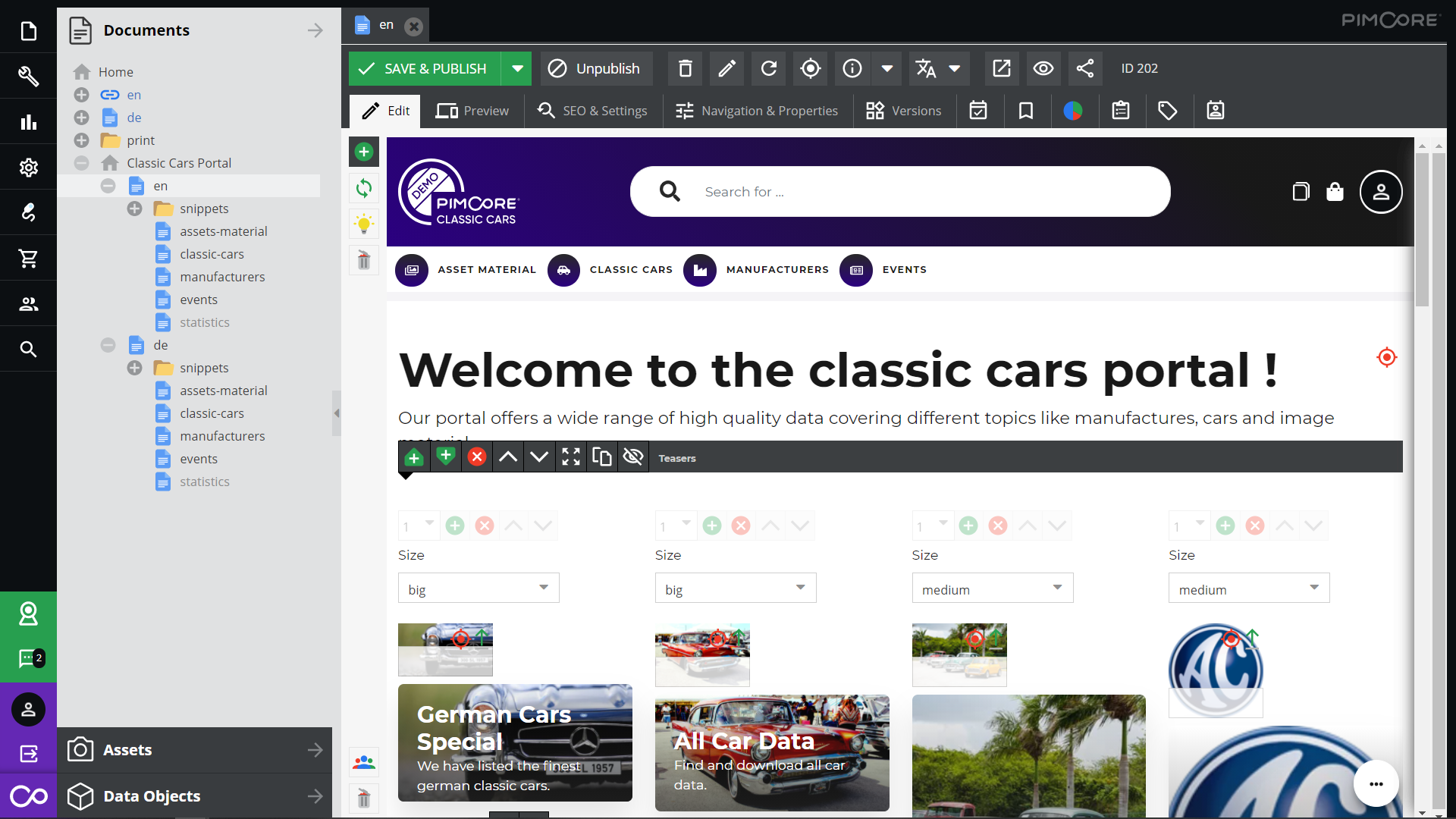
Pimcore: Complete Buyer's Guide
Integrated product information management platform
Pimcore positions itself as an integrated product information management (PIM) platform combining AI-powered catalog management with digital asset management (DAM) and content management system (CMS) capabilities within a single, open-core architecture[44][48][49][54].
Market Position & Maturity
Market Standing
Pimcore operates in the enterprise segment of the PIM market, competing with established vendors through its integrated platform approach and open-core architecture[49][54].
Company Maturity
Company maturity is demonstrated through global customer deployments managing significant complexity, including automotive manufacturers handling 45,000 SKUs across 40 languages[45].
Industry Recognition
Industry recognition is evidenced through customer success stories across diverse industries, including retail (EDEKA's 15% revenue growth[50]), manufacturing (Bosch's 40% faster time-to-market[50]), and industrial applications (OSRAM's 60% cost reduction[51]).
Strategic Partnerships
Strategic partnerships and ecosystem positioning include integrations with major AI/ML infrastructure providers including Google Vertex AI and OpenAI APIs[46][57].
Longevity Assessment
Longevity assessment is supported by the platform's open-core model, which reduces vendor lock-in risks and ensures long-term extensibility[44][48].
Proof of Capabilities
Customer Evidence
Enterprise Customer Validation demonstrates Pimcore's effectiveness across diverse industries and complex requirements. EDEKA achieved 15% revenue growth from digital channels through Pimcore-powered omnichannel catalog synchronization[50], while Bosch reduced time-to-market for new products by 40% through centralized AI-driven data management[50]. OSRAM's packaging division achieved over 60% cost reduction in artwork production using Pimcore's QR code-based catalog system[51].
Quantified Outcomes
Agora Group achieved 125% efficiency gains in data enrichment processes[50], while Intersport reported 20% customer loyalty increase through personalized catalogs[50].
Market Validation
Market Validation Metrics demonstrate growing adoption across enterprise segments, though specific market share data is limited in available sources.
Competitive Wins
Competitive Displacement Evidence includes organizations choosing Pimcore over alternatives for its integrated platform approach.
Reference Customers
Global Scale Evidence includes implementations managing significant complexity, such as a global automotive manufacturer handling 45,000 SKUs across 40 languages[45].
AI Technology
Pimcore's AI capabilities are delivered through Pimcore Copilot, an integrated AI assistant enabling automated content generation, image/video synthesis from text prompts, and custom workflow creation[46][57][58].
Architecture
Pimcore's technical foundation centers on an open-core architecture built with PHP ≥8.0, MariaDB/MySQL databases, and API-first design principles that enable unlimited extensibility and customization[53][44][48].
Primary Competitors
Pimcore competes against both specialized PIM vendors and comprehensive enterprise platforms.
Competitive Advantages
Primary Competitive Advantages center on Pimcore's integrated platform approach and open-core architecture. Unlike competitors like Akeneo, Pimcore provides integrated DAM, CMS, and commerce capabilities within a single platform[49][54].
Market Positioning
Market Positioning places Pimcore in the enterprise segment competing with established vendors, though specific market share data is limited.
Win/Loss Scenarios
Win/Loss Scenarios favor Pimcore for organizations requiring deep system integration, customization capabilities, and comprehensive digital experience management within a single platform.
Key Features

Pros & Cons
Use Cases
Integrations
Pricing
Featured In Articles
Comprehensive analysis of Catalog Management for Ecommerce for Ecommerce businesses and online retailers. Expert evaluation of features, pricing, and implementation.
How We Researched This Guide
About This Guide: This comprehensive analysis is based on extensive competitive intelligence and real-world implementation data from leading AI vendors. StayModern updates this guide quarterly to reflect market developments and vendor performance changes.
60+ verified sources per analysis including official documentation, customer reviews, analyst reports, and industry publications.
- • Vendor documentation & whitepapers
- • Customer testimonials & case studies
- • Third-party analyst assessments
- • Industry benchmarking reports
Standardized assessment framework across 8 key dimensions for objective comparison.
- • Technology capabilities & architecture
- • Market position & customer evidence
- • Implementation experience & support
- • Pricing value & competitive position
Research is refreshed every 90 days to capture market changes and new vendor capabilities.
- • New product releases & features
- • Market positioning changes
- • Customer feedback integration
- • Competitive landscape shifts
Every claim is source-linked with direct citations to original materials for verification.
- • Clickable citation links
- • Original source attribution
- • Date stamps for currency
- • Quality score validation
Analysis follows systematic research protocols with consistent evaluation frameworks.
- • Standardized assessment criteria
- • Multi-source verification process
- • Consistent evaluation methodology
- • Quality assurance protocols
Buyer-focused analysis with transparent methodology and factual accuracy commitment.
- • Objective comparative analysis
- • Transparent research methodology
- • Factual accuracy commitment
- • Continuous quality improvement
Quality Commitment: If you find any inaccuracies in our analysis on this page, please contact us at research@staymodern.ai. We're committed to maintaining the highest standards of research integrity and will investigate and correct any issues promptly.